Laminar Natural Convection In Cylindrical Enclosure CFD simulation, Numerical Paper Validation
Laminar Natural Convection In Cylindrical Enclosure CFD simulation, Numerical Paper Validation
- Upon ordering this product, you will be provided with a geometry file, a mesh file, and an in-depth Training Video that offers a step-by-step training on the simulation process.
- For any more inquiries regarding the product, please do not hesitate to reach out to us at info@CFDLAND.com or through our online support assistant.
€320 Original price was: €320.€160Current price is: €160.
Natural convection in vertical cylindrical enclosures has received barely any research, compared to the extensive study of natural flows in rectangular boxes. Still, these geometries are extremely important from a basic and practical standpoint to comprehend, for example, convection events in hydrocarbon storage tanks. However, this study is dedicated to laminar natural convection in a cylindrical enclosure, focusing on VALIDATION of the paper entitled “ Laminar natural convection in a laterally heated and upper cooled vertical cylindrical enclosure [1]”.
- Reference [1]: Lemembre, A., and J-P. Petit. “Laminar natural convection in a laterally heated and upper cooled vertical cylindrical enclosure.” International journal of heat and mass transfer16 (1998): 2437-2454.
Figure 1: Vertical cross-section of the studied geometry [1]
Simulation Process
Figure 1 presents the problem’s geometry. It is assumed that the flow is two-dimensional and laminar. Given the lateral heating, the axial symmetry theory is plausible, as long as the aspect ratio remains around unity. Additionally, we employ the Boussinesq approximation, which means that density fluctuations are only considered in the Navier-Stokes equation’s buoyancy factor.
Post-processing
The temperature vertical profile near the bottom at r=0.5 demonstrates remarkable agreement between our CFD simulation and the reference paper, validating our numerical approach for studying laminar natural convection. Looking closely at the profile, both datasets follow virtually identical trends along the vertical axis with minimal deviation—a strong indicator that our implementation of the Boussinesq approximation correctly captures the physics of thermally-driven flow. This validation at Ra=10^s5 and Pr=0.7 provides solid ground for confidence in subsequent analyses. Furthermore, the consistency between results confirms that our mesh resolution adequately resolves the boundary layers where temperature gradients are steepest. Such precise matching didn’t happen by chance but rather through careful attention to the numerical setup, particularly boundary condition implementation and discretization schemes that preserve the subtle thermal-fluid interactions characteristic of enclosed convection problems.
Figure 2: Temperature vertical profile near bottom at r=0.5; Ra=10e+5, Pr=0.7
The velocity contours shows fascinating twin circulation patterns that drive heat transfer throughout the cylindrical enclosure. Notice the symmetrical formation of two counter-rotating cells with peak velocities (red regions, approximately 0.002 m/s) concentrated along the central vertical axis where heated fluid rises. Meanwhile, cooler fluid descends along the outer edges, completing the convection loop. These paired vortices create an elegant flow structure not typically seen in rectangular cavities, highlighting why cylindrical geometries deserve specific attention. Turning to temperature distribution, the contours show distinct thermal stratification with the coolest region (blue) concentrated at the center of the upper surface—precisely where the downward flow strengthens. The warmest areas (orange-red) develop at the bottom corners where heated fluid initially rises. Between these extremes, intermediate temperature zones (yellow-green) form along the vertical centerline, shaped by the descending cooled fluid from the upper surface. This temperature field perfectly illustrates how natural convection currents efficiently redistribute thermal energy throughout confined spaces like hydrocarbon storage tanks.
Figure 3: Velocity & temperature field inside Cylindrical Enclosure
We pride ourselves on presenting unique products at CFDLAND. We stand out for our scientific rigor and validity. Our products are not based on guesswork or theoretical assumptions like many others. Instead, most of our products are validated using experimental or numerical data from valued scientific journals. Even if direct validation isn’t possible, we build our models and assumptions on the latest research, typically using reference articles to approximate reality.
Yes, we’ll be here . If you have trouble loading files, having technical problems, or have any questions about how to use our products, our technical support team is here to help.
You can load geometry and mesh files, as well as case and data files, using any version of ANSYS Fluent.
€160 Original price was: €160.€75Current price is: €75.

€265 Original price was: €265.€135Current price is: €135.

€245 Original price was: €245.€185Current price is: €185.

€185 Original price was: €185.€135Current price is: €135.

€245 Original price was: €245.€199Current price is: €199.

€240 Original price was: €240.€115Current price is: €115.


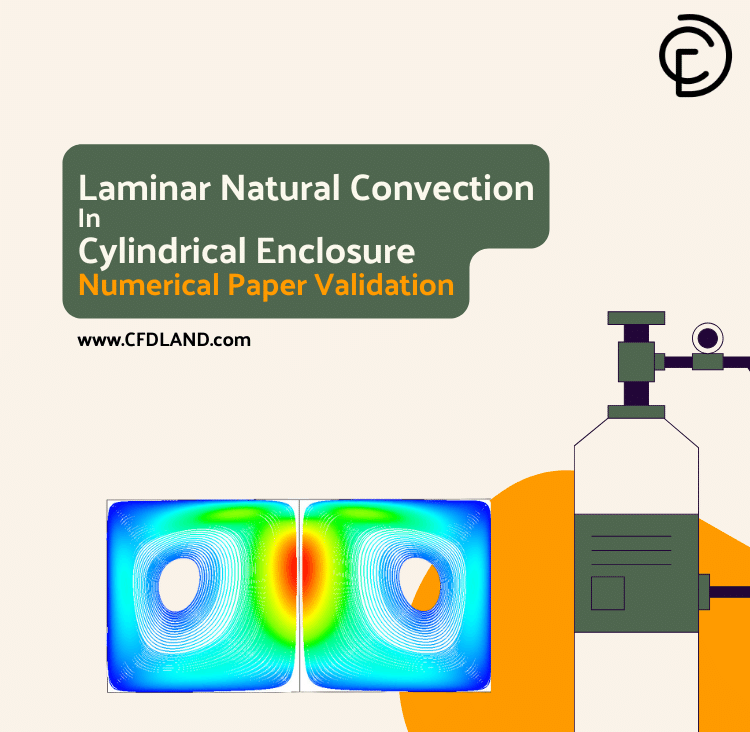
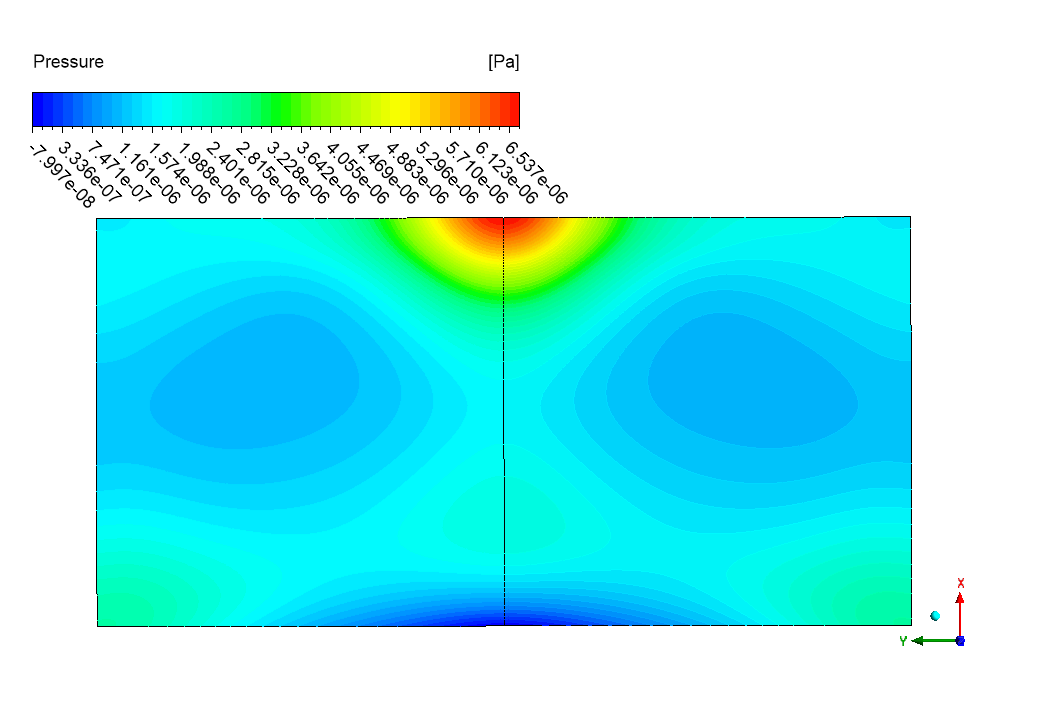
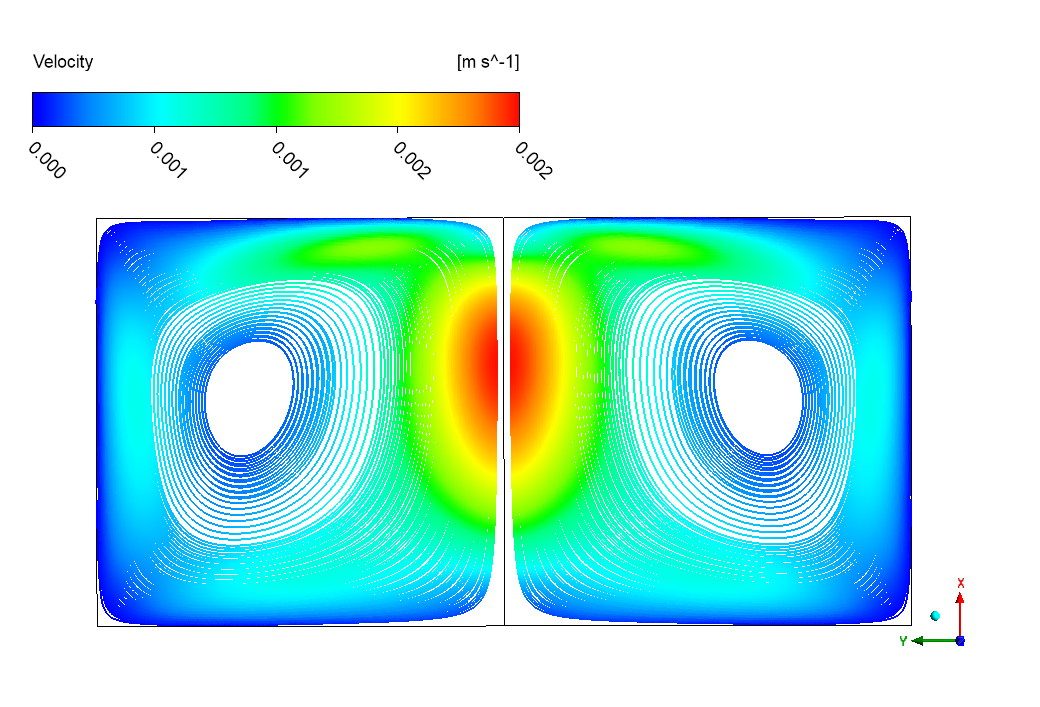
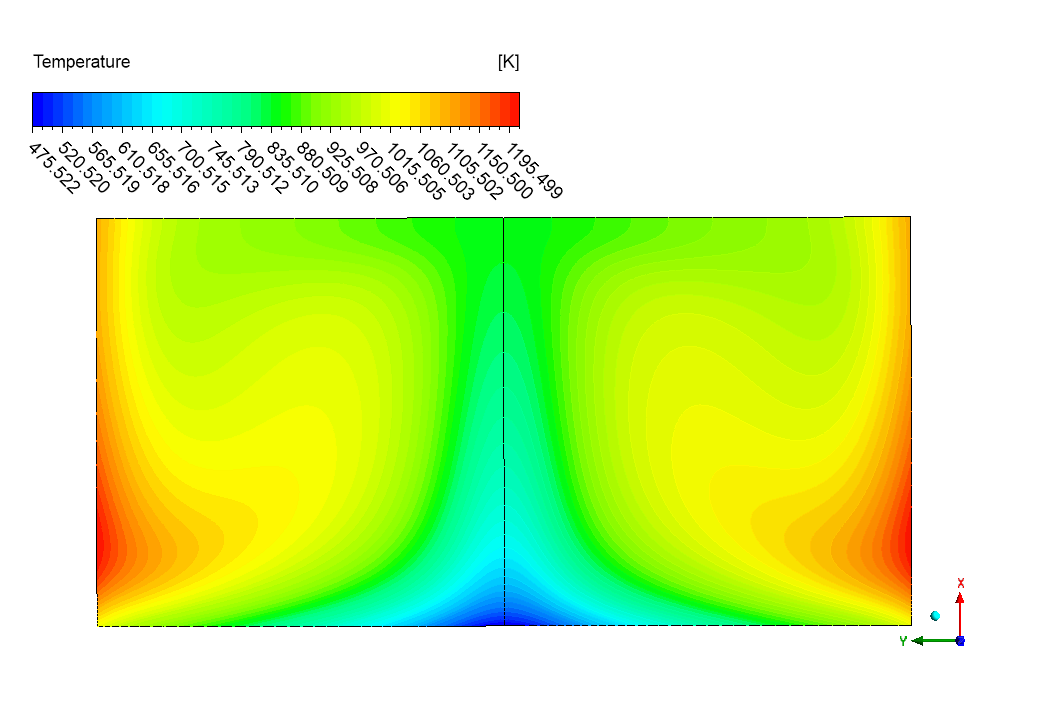
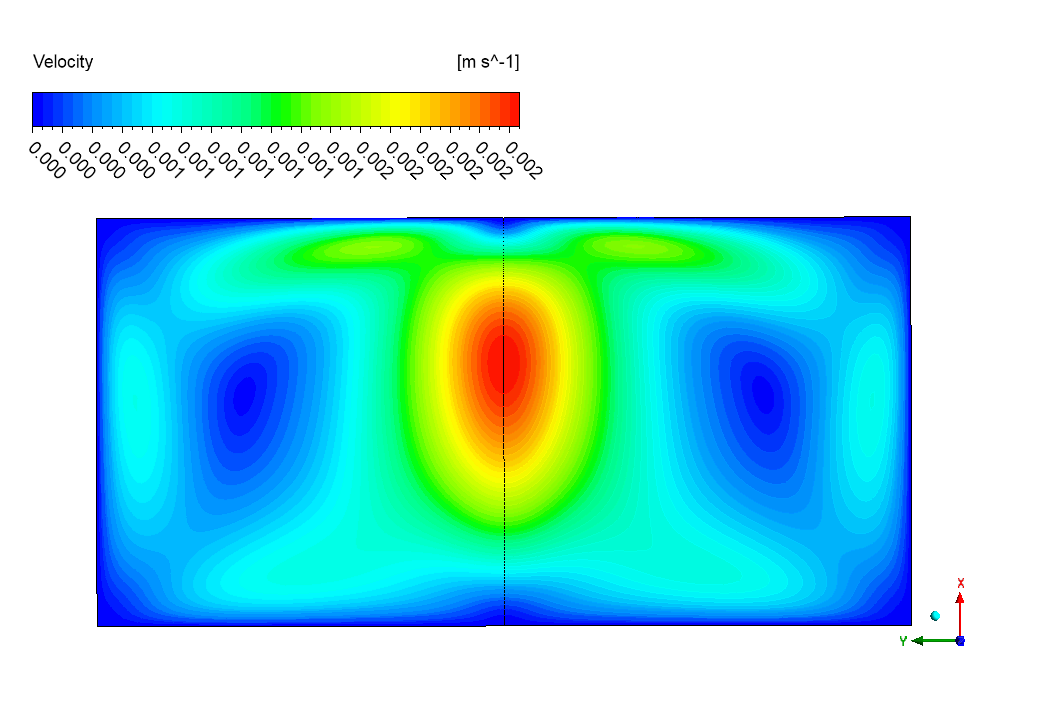
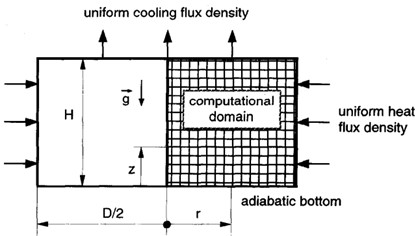
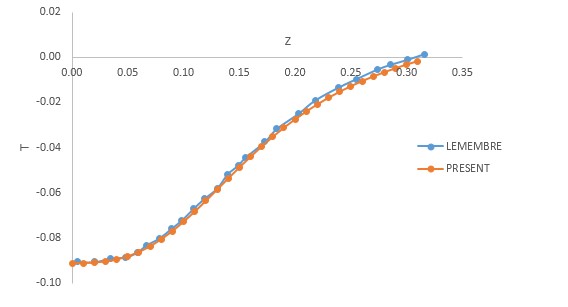
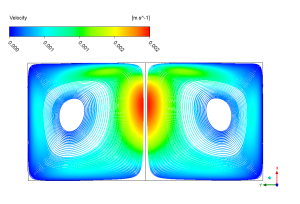
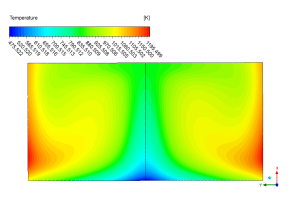





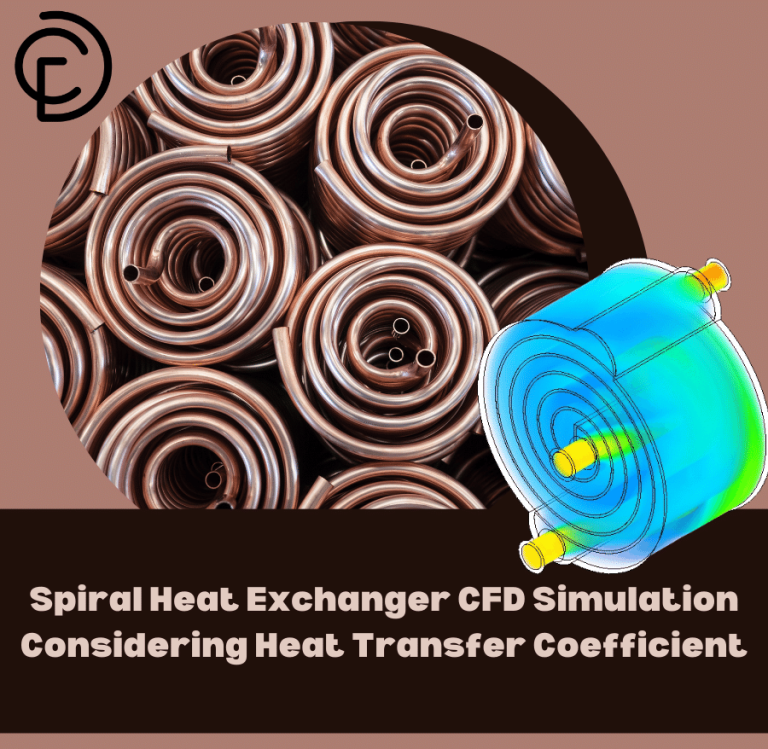

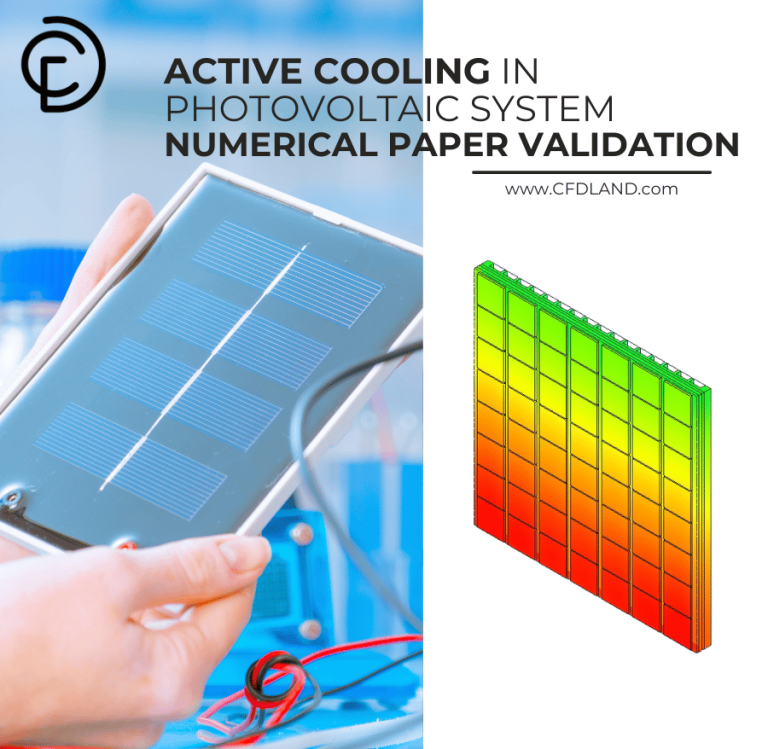
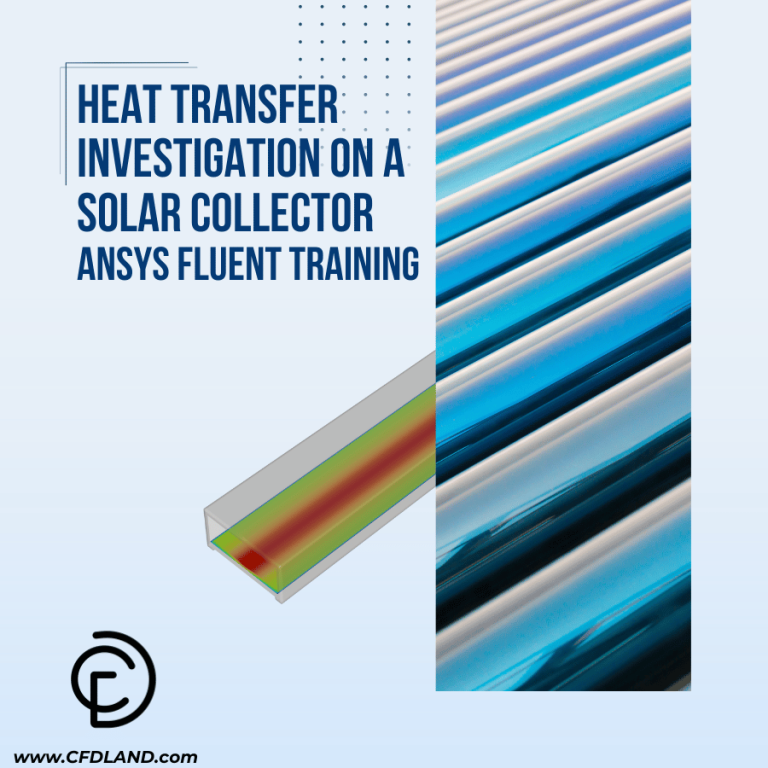
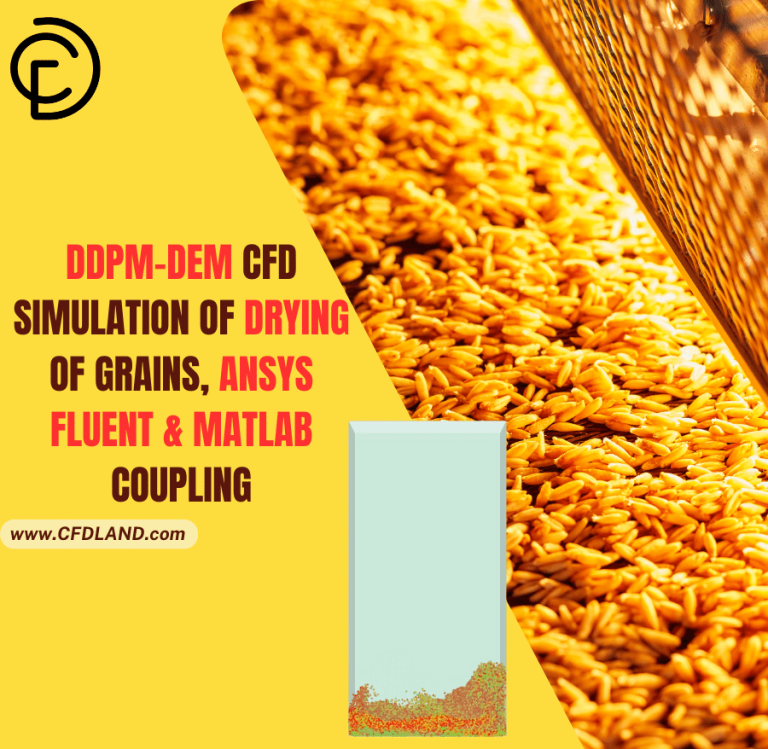
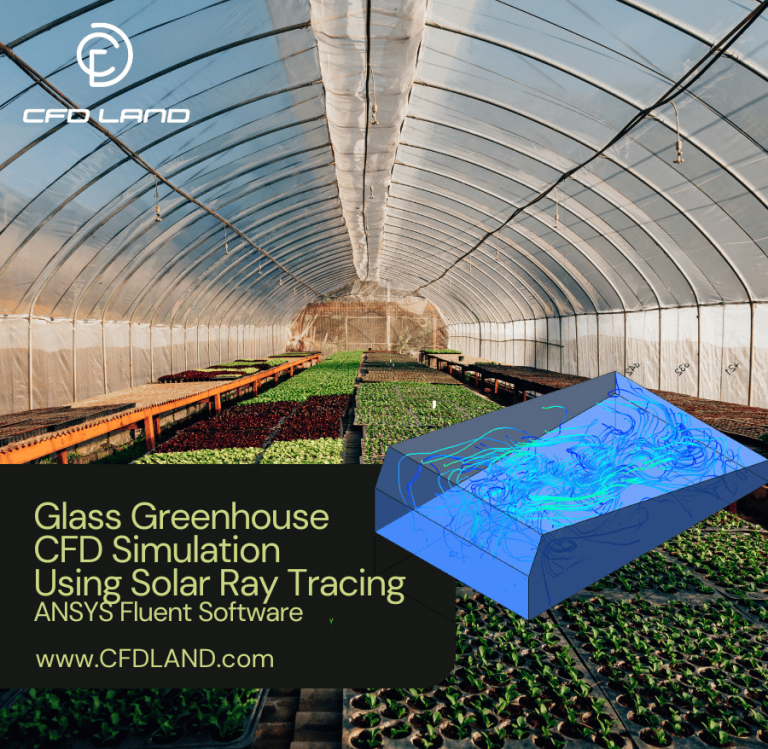
Reviews
There are no reviews yet.